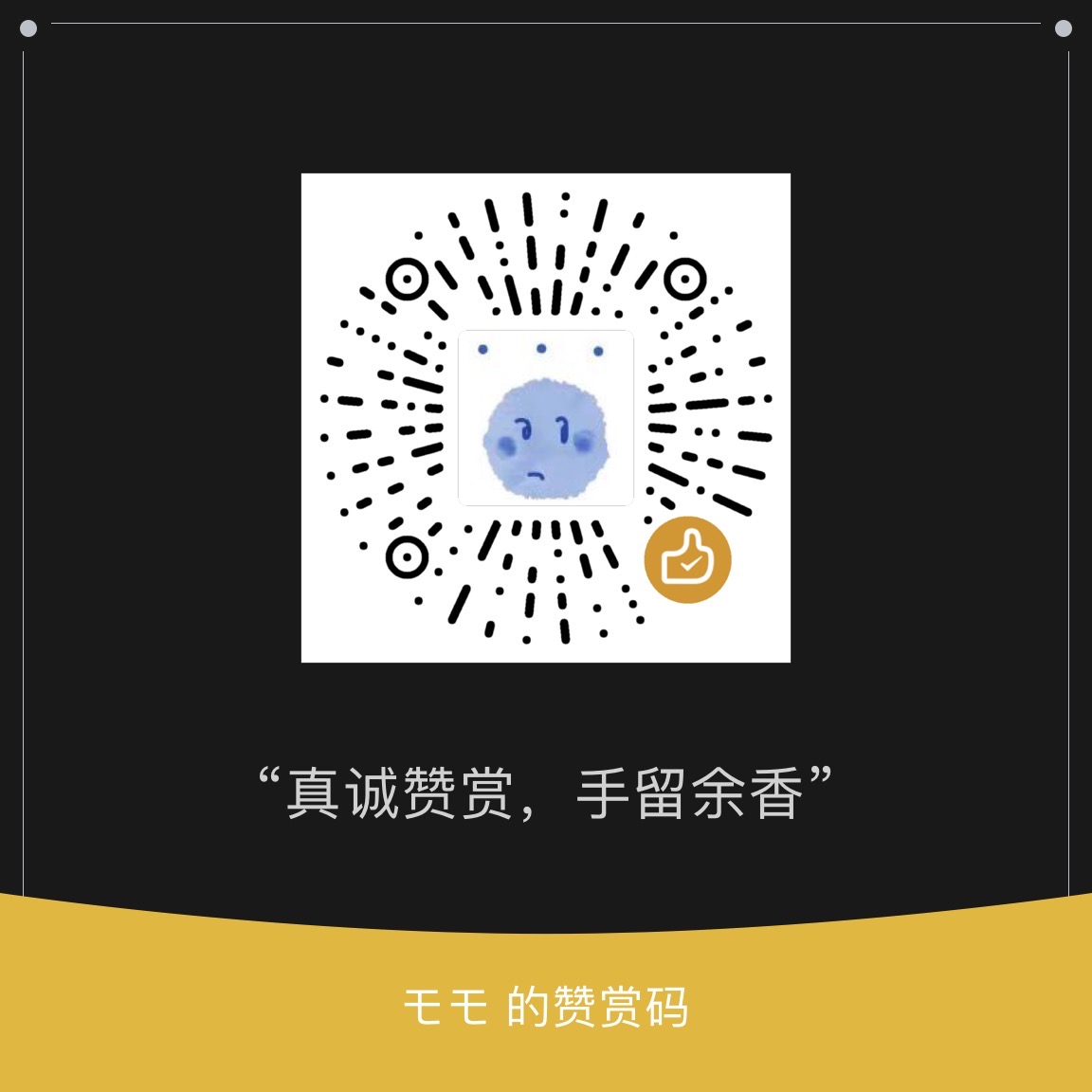描述
I
Given two integer arrays nums1 and nums2, return an array of their intersection.
Each element in the result must be unique and you may return the result in any order.
II
Given two integer arrays nums1 and nums2, return an array of their
intersection. Each element in the result must appear as many times as it shows
in both arrays and you may return the result in any order.
测试用例
# I
Input: nums1 = [1,2,2,1], nums2 = [2,2]
Output: [2]
Input: nums1 = [4,9,5], nums2 = [9,4,9,8,4]
Output: [9,4]
Explanation: [4,9] is also accepted.
# II
Input: nums1 = [1,2,2,1], nums2 = [2,2]
Output: [2,2]
Input: nums1 = [4,9,5], nums2 = [9,4,9,8,4]
Output: [4,9]
Explanation: [9,4] is also accepted.题解
I
暴力循环。
var intersection = function(nums1, nums2) {
let intersection_arr = new Set(), result = [];
let set1 = new Set(nums1), set2 = new Set(nums2);
set1.forEach(n1 => {
set2.forEach(n2 => {
if(n1 === n2) {
intersection_arr.add(n1);
}
})
})
intersection_arr.forEach(n => {
result.push(n)
})
return result;
};II
同样的暴力循环。
var intersect = function(nums1, nums2) {
let result = [];
for(let i in nums1) {
for(let j in nums2) {
if(nums1[i] === nums2[j]) {
result.push(nums1[i]);
nums2[j] = null; // 去除已被记录的数字
break;
}
}
}
return result;
};结果
I
Accepted
55/55 cases passed (100 ms)
Your runtime beats 27.44 % of javascript submissions
Your memory usage beats 42.4 % of javascript submissions (40.4 MB)
II
Accepted
55/55 cases passed (168 ms)
Your runtime beats 5.09 % of javascript submissions
Your memory usage beats 5.03 % of javascript submissions (45.1 MB)


